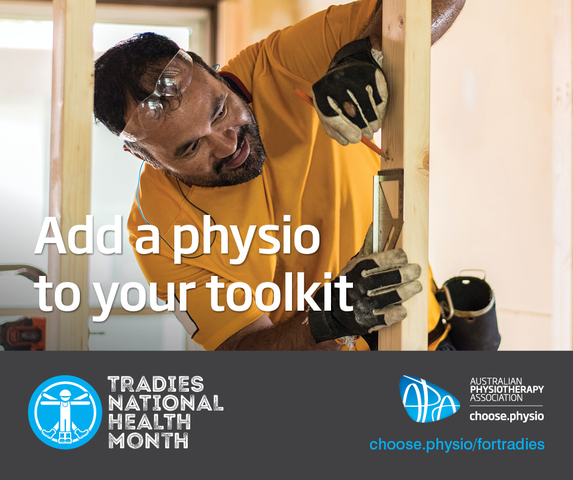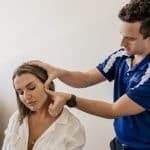Tradies Health Month Common Injuries
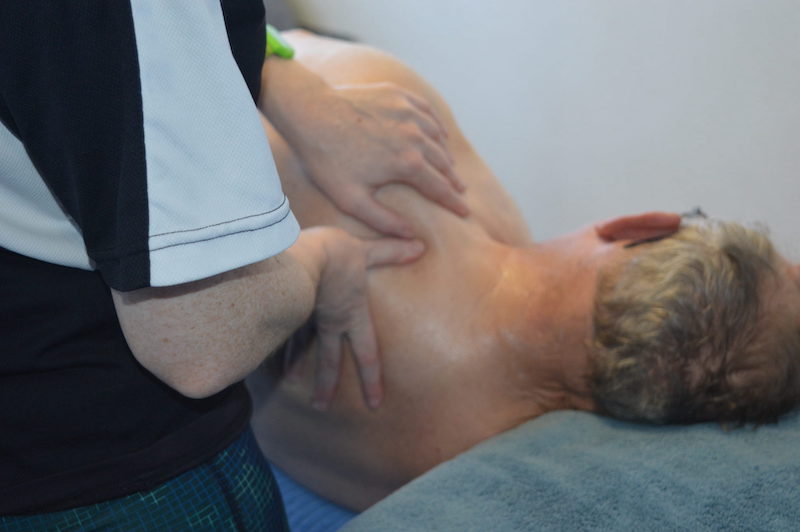
Be Aware Of Common Injuries During Tradies Health Month
With the end of Tradies Health Month coming up, we thought this would be a good time to reflect on some common injuries & complaints that we see in the clinic from manual workers. Many of these injuries happen over time and are known as “overuse injuries”. In this case, there are usually a few factors that contribute to the build-up over time and then, one day, you drive longer than normal or have an unusually busy week and your pain can increase, seemingly out of nowhere.
This is a pattern of events that we hear of frequently, especially with overuse injuries. There are many ways that our expert team of physiotherapists in Brisbane can help you to get back on your feet. These injuries can often take a while to fully rehabilitate to a point where the risk of recurrence is as minimised as possible, so you need to make sure you are ready to put in the hard yards.
Back Pain
The most common injury and complaint is lower back pain. It is the most common cause of time off work and reduced daily function.
People who experience back pain will often experience it more than once. Studies show that even after the first episode of lower back pain, the deep core muscles activate differently and this affects the stability of your spine. This can lead to you having a lower tolerance for being in certain positions for any length of time. It can also mean that it takes less time for the next episode of back pain to occur.
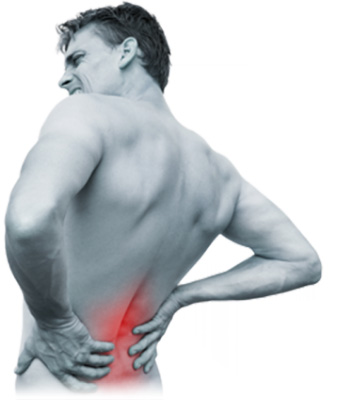
What can I do if I get back pain?
- Use a heat or cold pack. This should provide good but temporary relief.
- Remain active, as this will help to relieve the pain and keep your back from getting too tight. Doctors orders of bed rest are out of the question!
- Make an appointment with your local physiotherapist.
- Research has shown that the most effective treatment is specific, targeted exercise that restores and improves movement control.
It is important that you follow your physiotherapist’s recommendations about the exercises – we often see people a few times, who start improving but don’t return, and then we see them a few months later for the same issue. To make sure that you minimise the chance of recurrence, you must follow through with the exercises and continue, despite the absence of pain.


Proper lifting technique
Many workplaces emphasise and re-emphasise the importance of lifting properly to protect tradies health, and despite this, we spend a lot of time retraining lifting. Here is some easy advice to follow if you want to avoid a trip to the physio!
- Backs hate bending, lifting & twisting. So if you have to lift, minimise the bending and definitely don’t twist! Use your feet to turn your body, not your back.
- Have the item as close to you as possible, before lifting
- Use your legs & bend your knees to keep that back happy
- Don’t lift from the floor to high all at once. Plan the lift to do it in a few stages.
- If it’s too heavy, get some help. Don’t do it alone.
One last note, if you sustain an injury or are in pain make sure you see your physiotherapist or GP sooner rather than later. The longer you leave it, the slower your recovery will be and the more you will have to see us!
The most common timeframe we hear that symptoms have been persisting is anywhere from 6 months to 2 years – sometimes even 5 years! If left that long, recovery becomes much more challenging. So get in and get it sorted, so that we can get you back to doing what you love!
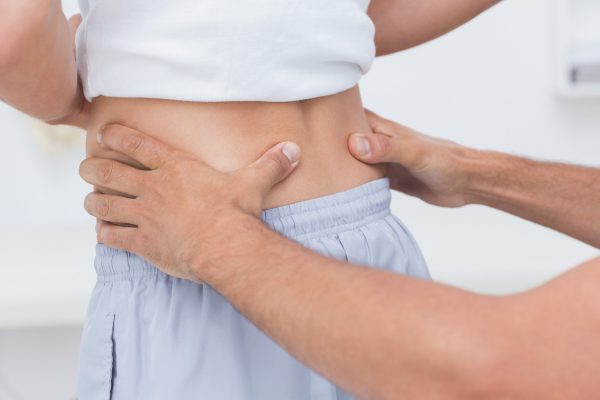
Tennis Elbow
Tennis elbow is a common overuse injury and usually has a gradual onset. It is characterised by pain on the outside of the elbow, tightness or pain of the forearm muscles and pain with gripping objects. Occasionally, you may experience pins & needles or numbness in the forearm or fingers. This usually points to lateral epicondylalygia, or tennis elbow.
These symptoms are an indication that the muscles are doing repetitive actions that they are not strong enough for. This causes micro tears within the muscle and tendon, thus resulting in pain. Tennis elbow is an injury that takes time to rehabilitate properly because there are many factors that need to be altered in order to prevent recurrence.
Factors that need to be addressed include:
- Repetitive action
- Change desk ergonomics
- Alter tasks at work to avoid gripping
By altering all the possible aggravating factors, the forearm is given the best chance to heal. It is important to avoid or minimise the aggravating factors to allow healing to be successful and allowing you to begin rehabilitation as soon as possible. Rehabilitation is likely to include massage, stretching & gentle strengthening exercises. It may also include treatment of your neck, if this is contributing to your symptoms. Strengthening is a slow process and generally takes 4-6 weeks for muscles to (adapt). So, don’t be surprised if you don’t notice a difference for at least one month.
Recurrent neck and shoulder pain
Many of the patients that we see with neck pain work in an office for some part of their time. This is usually as a result of poor workstation ergonomics or repeated reaching actions. The most common symptoms reported are neck pain & tightness, reduced neck movement, stiffness and occasionally headaches.
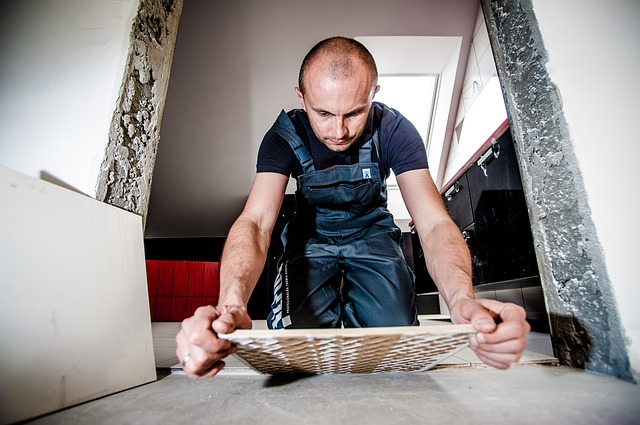
The issue with working at a desk for prolonged periods of time is that it often leads to slouching, which in turn results in forward shoulders and neck/head. This can also be seen in occupations where leaning forward or hunching to measure, cut, or lay materials is common. This posture, if maintained for any length of time, can result in all of the above symptoms.
Treatment for this usually includes massage, reducing joint stiffness and specific exercises. The exercises are the most important part of the rehabilitation because if done correctly, your posture will improve and ultimately help to minimise the neck pain.
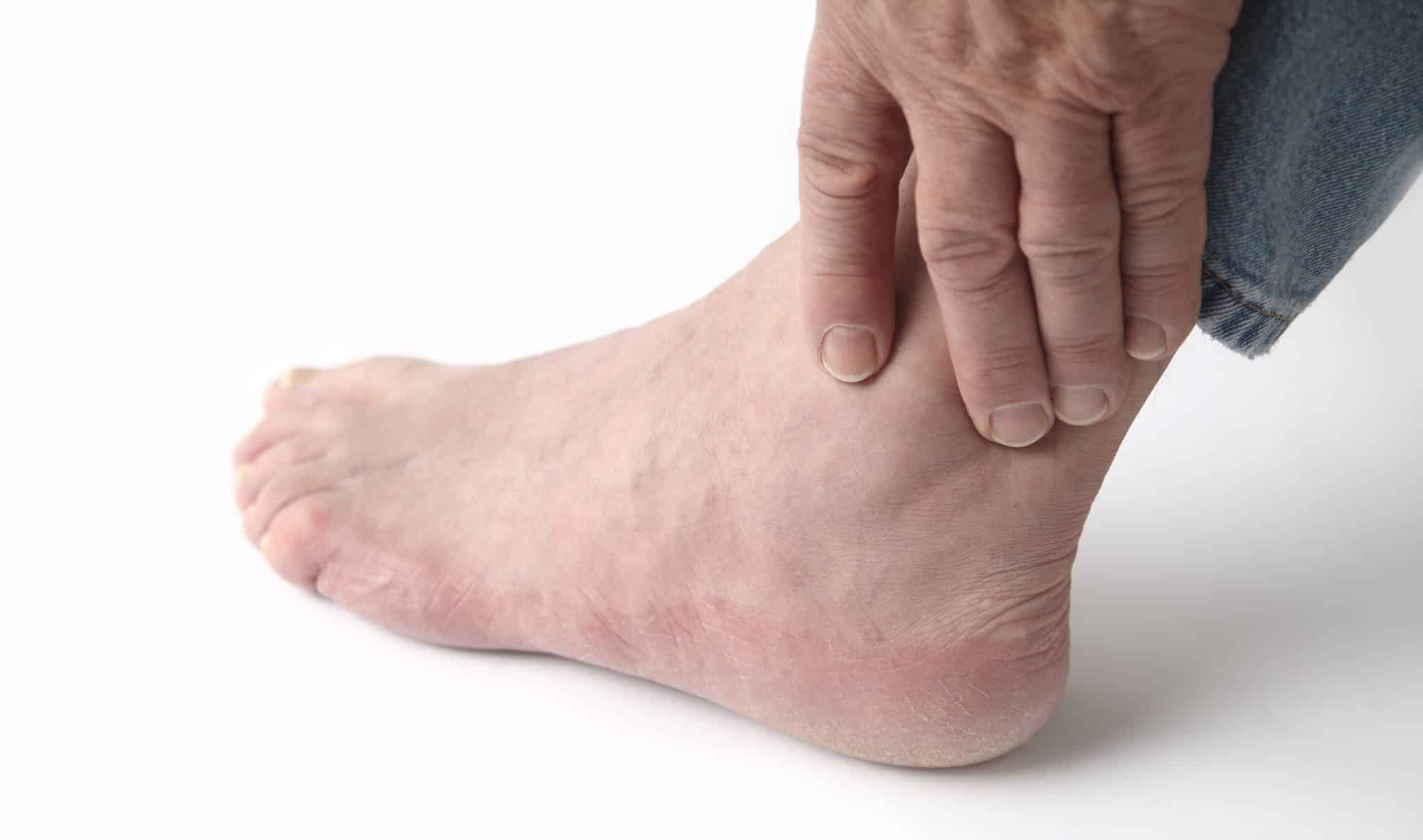
Achilles Tendinopathy
Achilles tendinopathy is characterised by pain in the Achilles tendon which is located at the back of the ankle. Pain can be felt during the aggravating activity, but often has a 12-24 (and sometimes 48) hour delay, with pain often felt the morning after the inciting activity. Achilles tendinopathy typically occurs when the tendon is exposed to an unaccustomed load. This can be the result of over training, training error, commencement of a new activity, or even return to a previous level of activity following a period of rest.
Achilles tendinopathy was previously referred to as Achilles ‘tendonitis’, implying that the underlying process was inflammatory in nature. Many recent studies have disproved this theory, instead finding that the problem lies in the balance between tendon load and tendon repair capacity. Achilles tendinopathy results when loading of the tendon outstrips the tendons capacity for repair. This can occur when the tendon load is increased (e.g. increased training load), the opportunity for repair is reduced (e.g. insufficient rest), or the tendons capacity for repair is reduced (e.g. systemic factors such as smoking). Biomechanical factors such as poor technique or abnormal foot mechanics etc. may also predispose to Achilles tendinopathy by increasing tendon load via reduced biomechanical efficiency.
Effective treatment of Achilles tendinopathy is multifactorial. Firstly, it will involve identification and correction of any contributing biomechanical or training related factors. Secondly, it will involve a tendon loading program that provides the tendon with a consistent but manageable load to facilitate tendon adaptation and a return to the desired level of function. Consistency of appropriate load is the key – and is often where people come unstuck – too much or too little will not have the desired effect. The amount and type of load has to be just right, and tailored to suit the individual and their task requirements.
Let The Team At Graceville Physio Treat Your Recurring Overuse Injuries
Don’t put up with recurring pain any longer. The expert team at Graceville Physio can put together a treatment plan for you this Tradies Health Month and throughout the year so that you can return to working pain-free.
Call the team today or book online now.
Related Tag:
